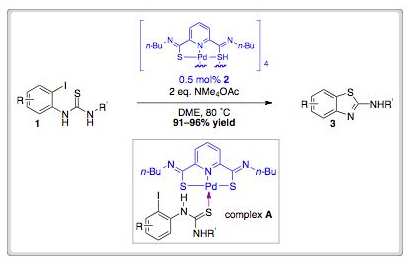There are very few examples of non-macromolecular gene carriers to take DNA through lipid membranes. Now, a remarkably small, trivalent, dipeptide-based gene carrier has been developed by scientists in Germany to bind to DNA to transport DNA into human cells.
The carrier consists of 6 amino acids and 3 guanidinocarbonyl pyrrole moieties; it carries 3–4 positive charges at physiological pH, which is unprecedented for non-viral gene carriers. Also, the carrier doesn’t require additional helper molecules, for example, phospholipids.
Reference:
Efficient Gene Delivery into Cells by a Surprisingly Small Three-Armed Peptide Ligand
H Y Kuchelmeister et al, Chem. Sci., 2012
DOI: 10.1039/c2sc01002j














